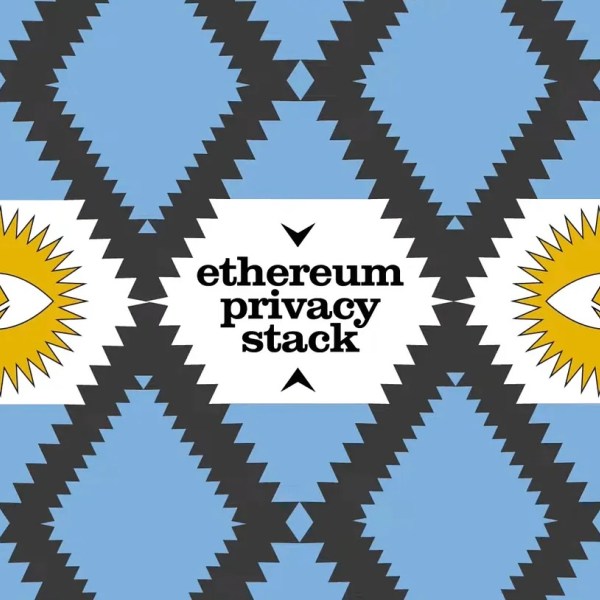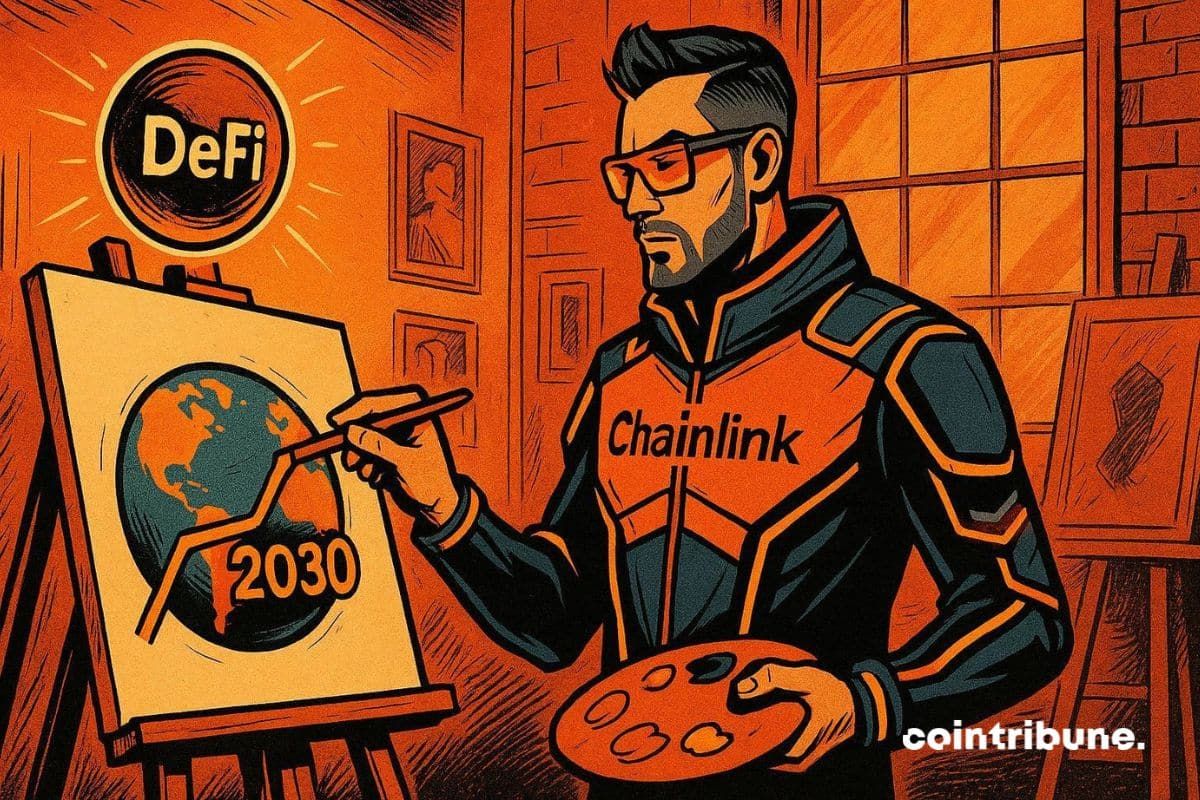FDIC Warns $12,500,000,000 Epidemic of Scammers Impersonating Bank Employees, Draining Customers’ Accounts Underway
 2025/06/28 16:00
2025/06/28 16:00The Federal Deposit Insurance Corporation (FDIC) has issued a warning about the rise of fraudsters pretending to be bank employees to run their scams on Americans.
In a new announcement , the FDIC details an epidemic of “bank impersonation scams and fake bank” cons that the agency says caused $12.5 billion in losses to consumers in 2024 alone.
The FTC found that “bank impersonation” scams were the most reported scam occurring through text messages in 2022, up nearly 20x from 2019.
“When you get a text message that makes you worry or seems fishy, take your time and call your bank directly, using a phone number that you are familiar with, like the number provided on your debit or credit card.
Do not use a phone number provided by someone you are unfamiliar with or that you think may be a scammer. As an alternative, contact the FDIC before you provide any information when something does not seem right.”
Many customers, if not most, who fall victim to impersonation scams tend not to be reimbursed by their banks under the notion that they technically “authorized” the transactions where money was stolen by scammers.
According to the Electronic Funds Transfer Act, once a customer authorizes a transfer – even while being scammed – businesses are typically not liable for resulting losses unless certain conditions are met.
Consumer Reports says the banks in question and the bank-owned instant payments platform Zelle – the platform of choice for over $320 million in losses between 2021 and 2023 – have no official public policy or explanation on the matter.
“Clear communication about these risks is crucial for consumer protection.
However, in our review of company policies, only one (Apple Cash) provided a clear explanation that scams are not unauthorized payments. Three companies (Cash App, Venmo, PNC) provide vague explanations of what transactions are ‘unauthorized’ and which are not, and the remaining seven companies provided no explanation in their user-facing policies.”
Just this month, a Wells Fargo customer in North Carolina lost $61,000 after falling for a scam originating with a fake virus warning on her computer.
A deceptive pop-up message claimed the 73 year-old woman’s device was infected, including a fake Apple Care phone number for her to call.
When she dialed the number, scammers posing as Apple Care representatives said her computer and bank accounts were compromised. Following their instructions, she withdrew $61,000 in four transactions and converted it to Bitcoin, enabling the scammers to con her out of the funds.
Generated Image: Midjourney
Disclaimer: The content of this article solely reflects the author's opinion and does not represent the platform in any capacity. This article is not intended to serve as a reference for making investment decisions.
You may also like
Ethereum Privacy’s HTTPS Moment: From Defensive Tool to Default Infrastructure
A summary of the "Holistic Reconstruction of Privacy Paradigms" based on dozens of speeches and discussions from the "Ethereum Privacy Stack" event at Devconnect ARG 2025.

Donating 256 ETH, Vitalik Bets on Private Communication: Why Session and SimpleX?
What differentiates these privacy-focused chat tools, and what technological direction is Vitalik betting on this time?

Ethereum Raises Its Gas Limit to 60M for the First Time in 4 Years
